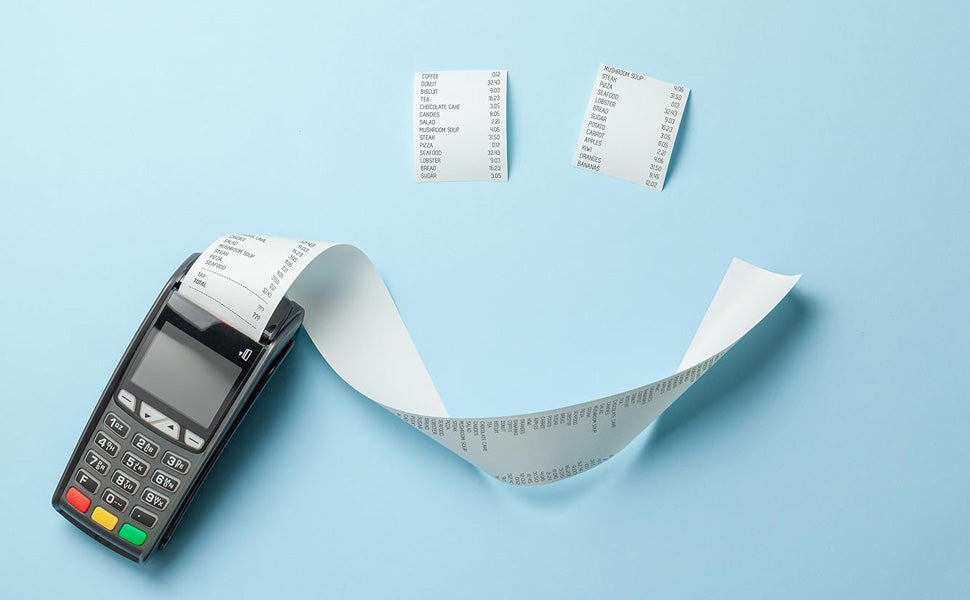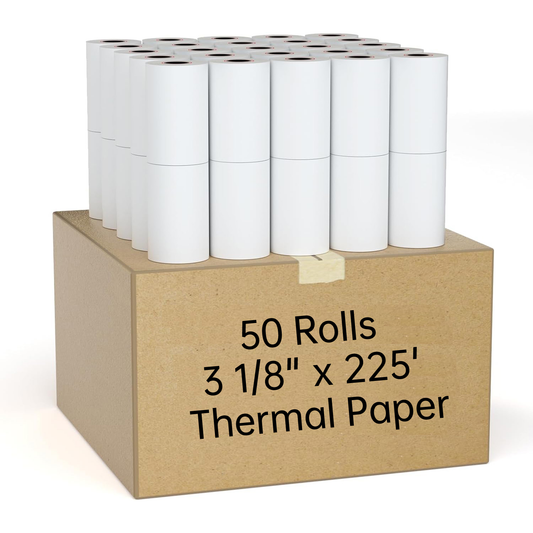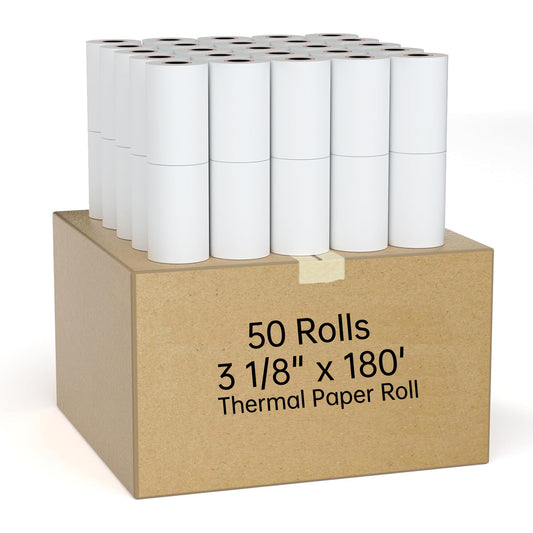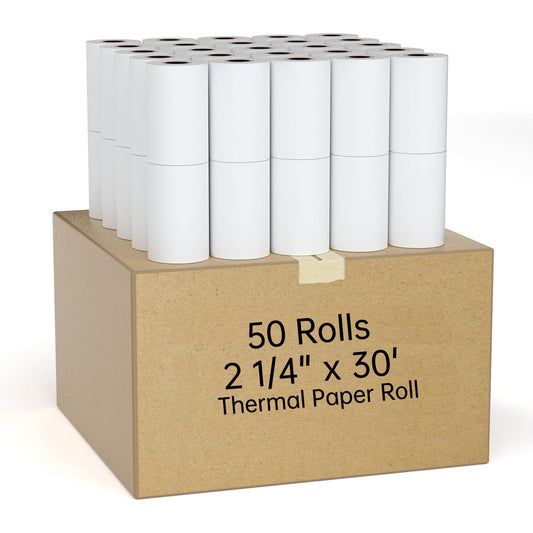Binoculars are a fascinating optical tool that helps you see distant objects up close, making them indispensable for activities like birdwatching, stargazing, and sporting events. Here's a breakdown of how they work:
Basic Structure: Binoculars consist of two main parts: the objective lenses at the front and the eyepieces at the back, connected by a pair of tubes. The objective lenses collect light from the distant object, and the eyepieces magnify the image so you can see it clearly.
Light Gathering: When you look through binoculars, they gather more light than your eyes alone. This additional light is crucial for seeing distant objects with clarity. The larger the objective lenses (measured in millimeters), the more light they collect.
Magnification: Binoculars magnify the image by bending light using internal lenses. The magnification power is specified in the binocular's specs, such as 8x42. Here, "8x" means it magnifies the image eight times, and "42" indicates the diameter of the objective lenses in millimeters.
Prism Magic: Inside binoculars, prisms, typically either Porro or Roof prisms, help make the binoculars more compact and provide a correctly oriented image. Without these prisms, the image would appear upside down.
Adjusting Focus: Binoculars have a central focus wheel and sometimes a diopter adjustment (usually on one eyepiece) to fine-tune the focus for your eyes. Turn the central wheel until the object you're viewing becomes sharp and clear.
In summary, binoculars work by gathering light, magnifying the image, and using prisms to ensure you see things right-side up. They're a simple yet powerful tool for exploring the world around you.
For more insights and tips on optical instruments and their applications, follow "Optics Ocean."
For more information or to shop for binoculars, visit our binocular collection.












